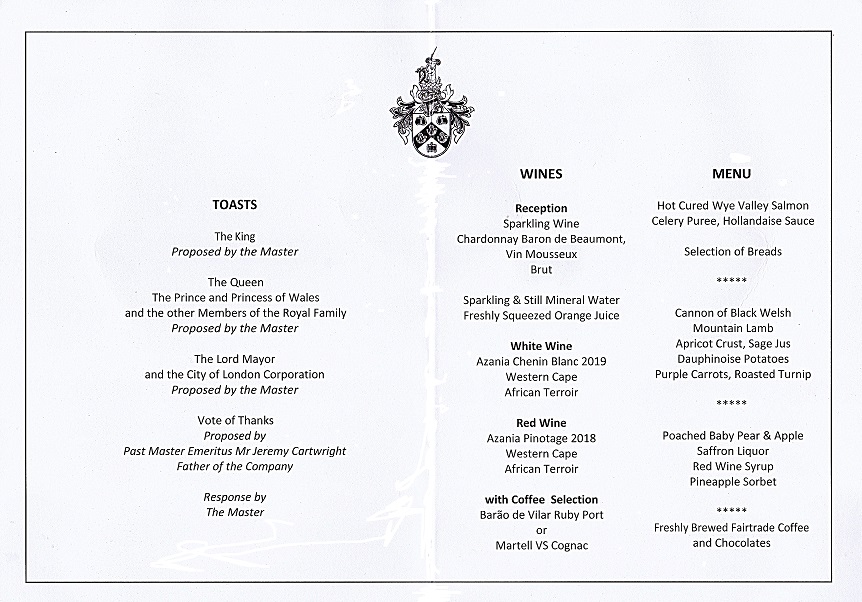
Tel: 020 7620 1818 email: cookandbutler@btconnect.com
The Company of Watermen and Lightermen
of the River Thames
www.watermenscompany.com
Professional Ladies Club, Christmas Lunch
26th November 2024, Watermen's Hall, London
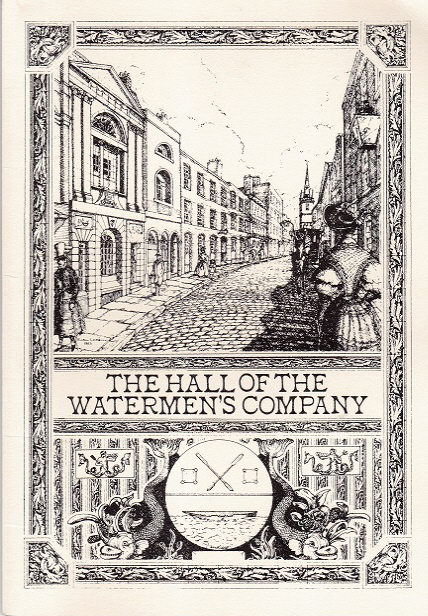
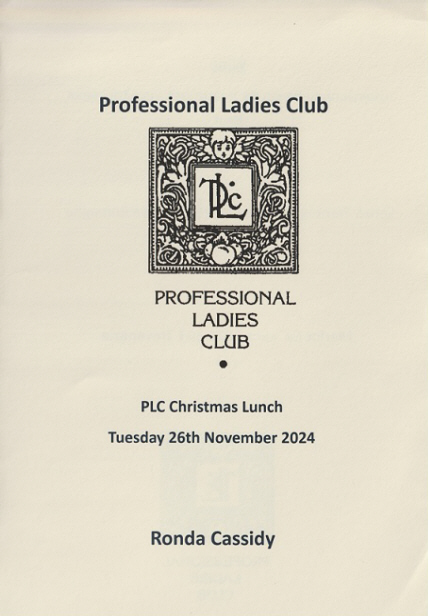
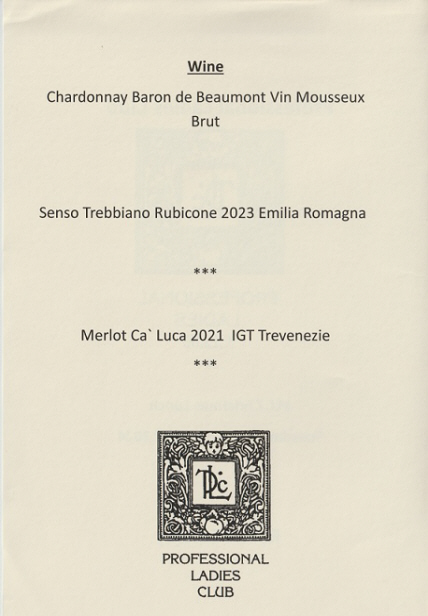
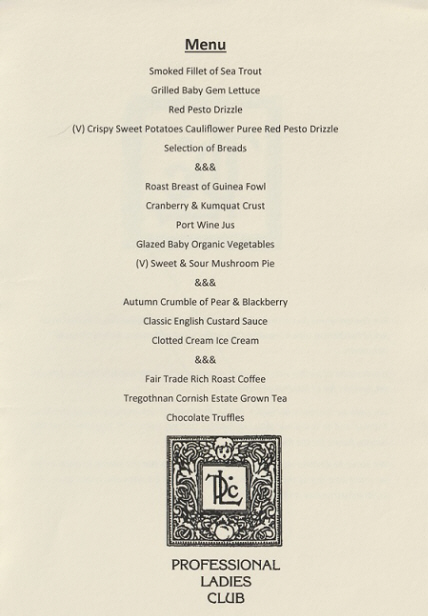
![]()
Royal Watermens' Warrant Dinner
19th November 2024, Watermen's Hall, London
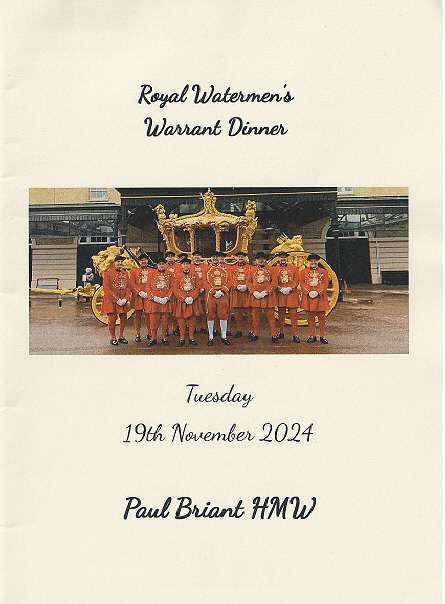
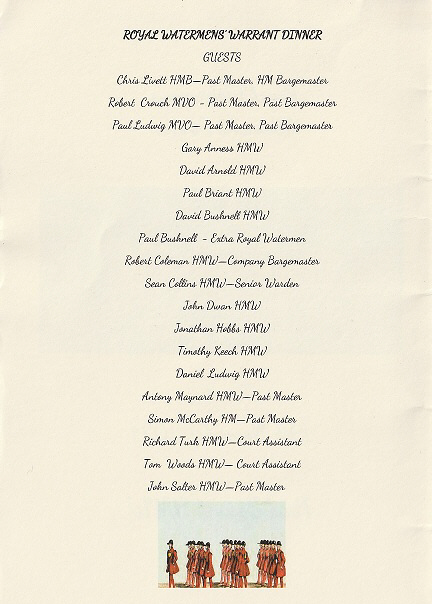
Freemen's Burns Supper
January 2024, Watermen's Hall, London

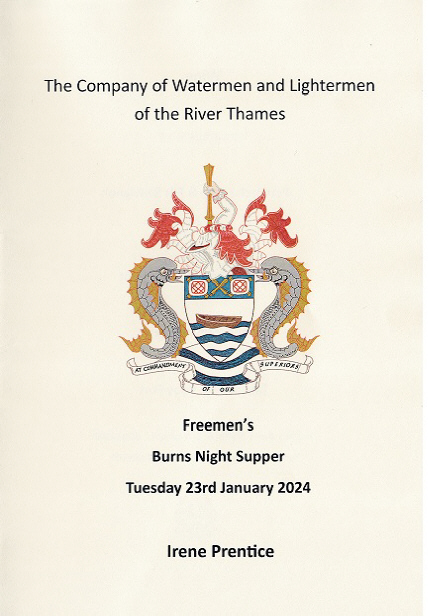
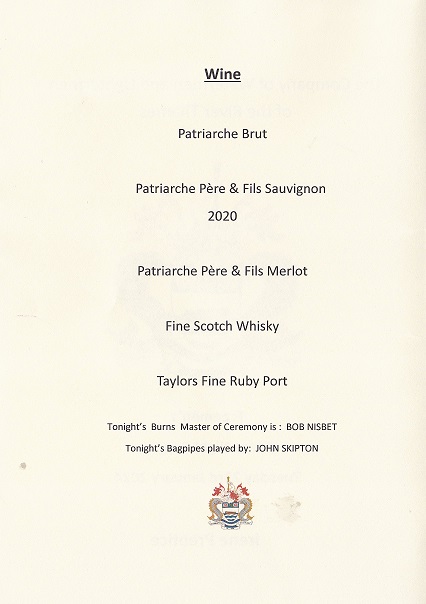
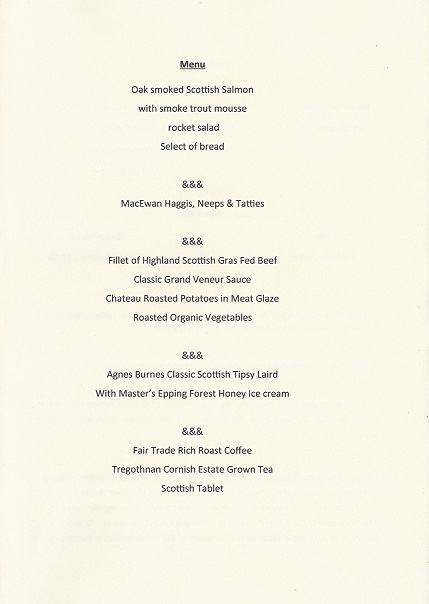
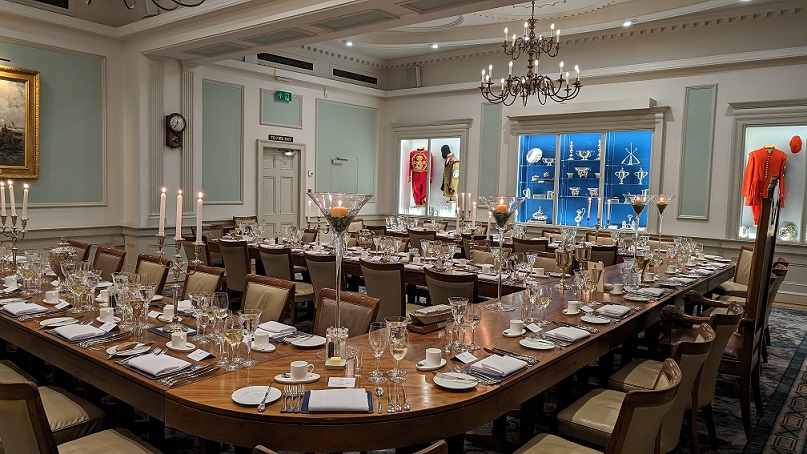
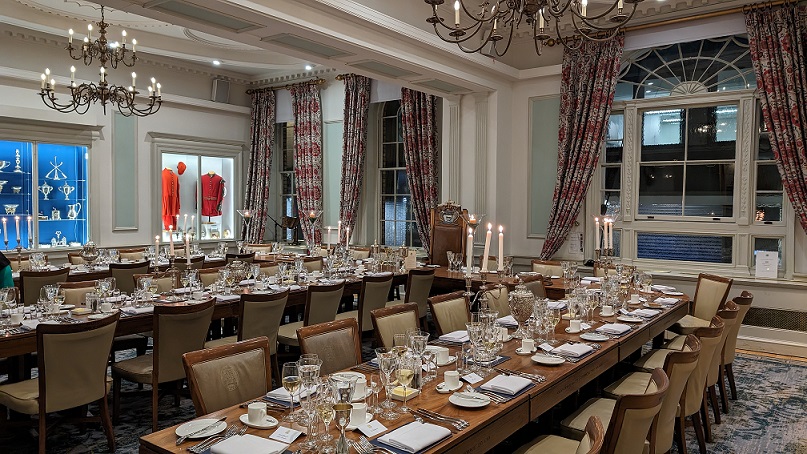

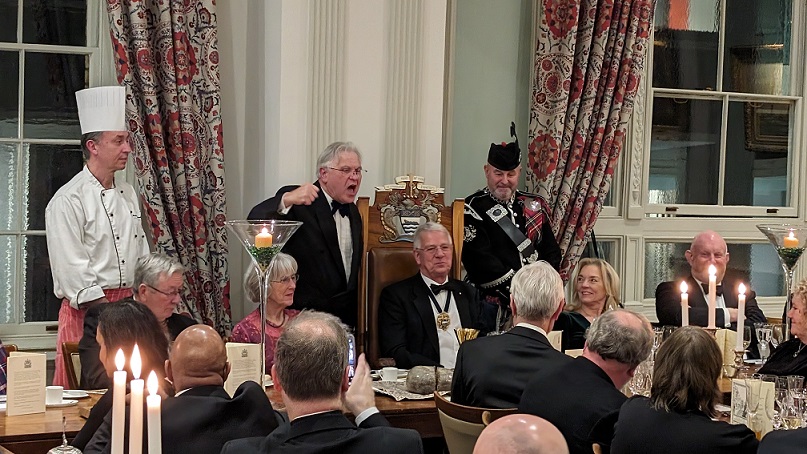
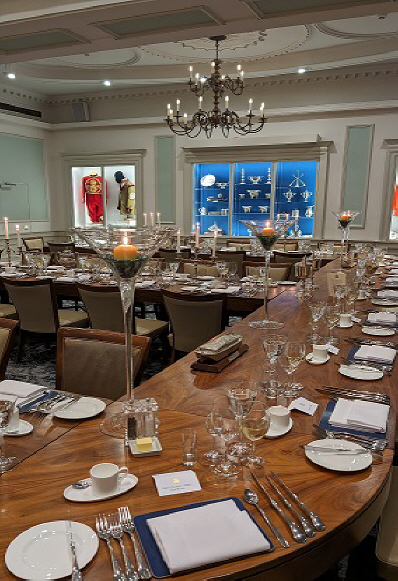
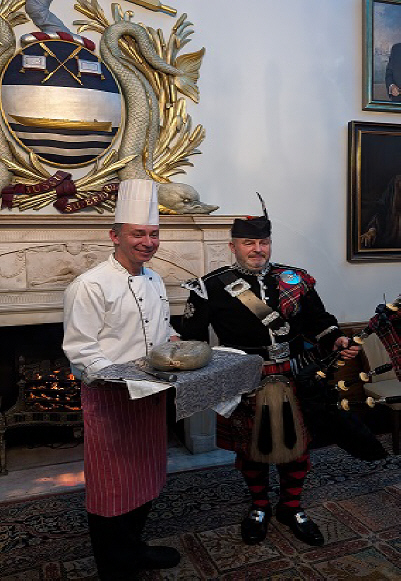
The Livery Dinner
20th October 2023, Watermen's Hall, London
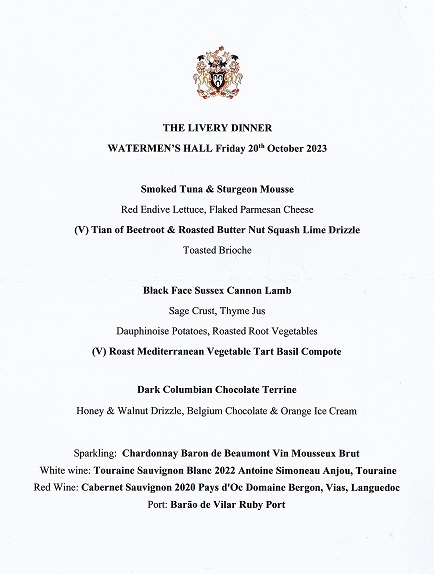
Court Members
Dinner
21tst September 2023, Watermen's Hall, London

The Royal Watermen’s Dinner
To celebrate Coronation of King Charles III and Queen Camilla
June 14th 2023, Watermen's Hall, London
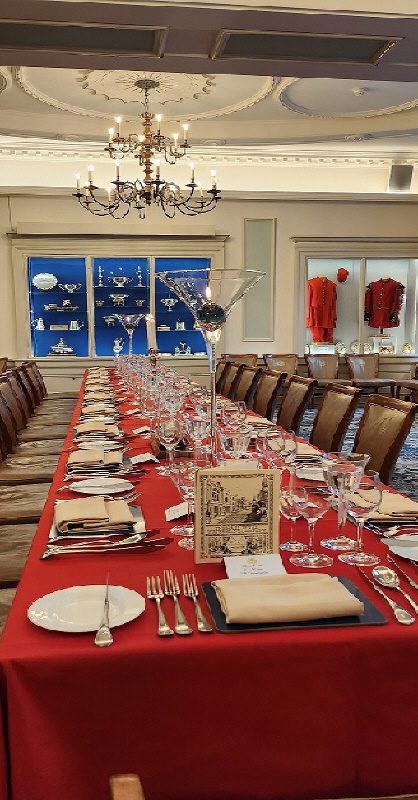
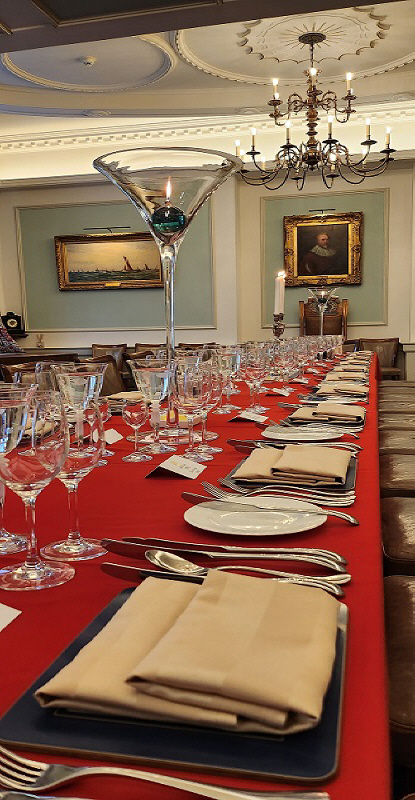

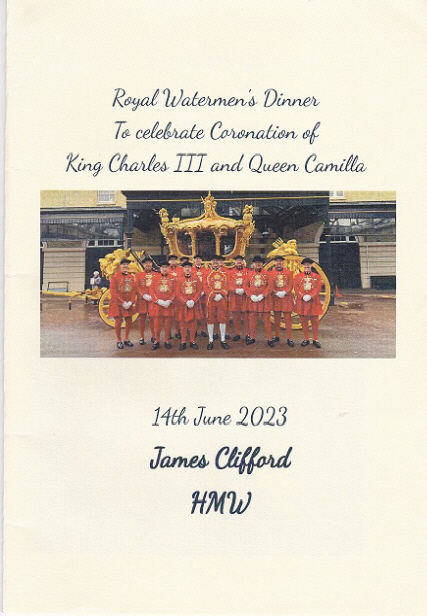
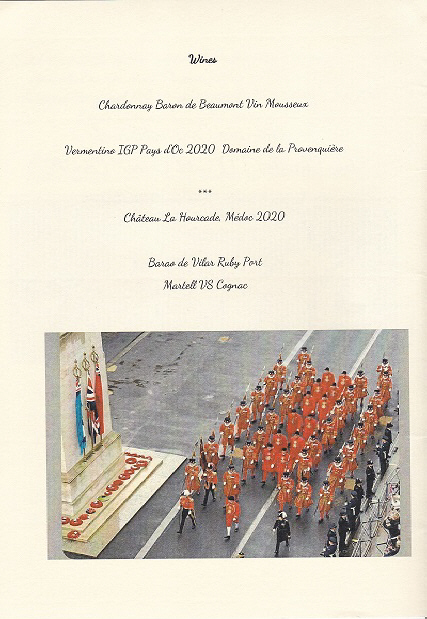
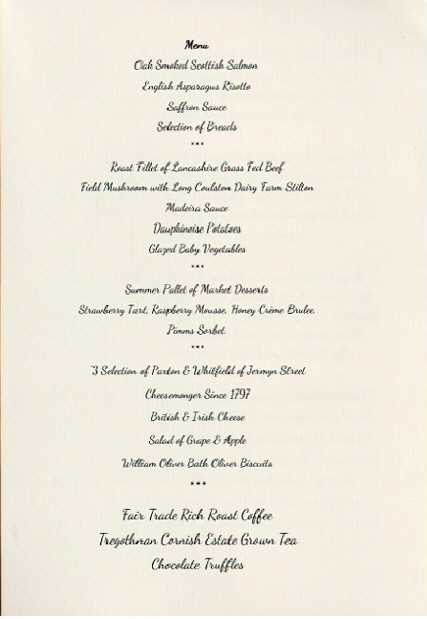
![]()
The Royal Watermen’s Dinner
To celebrate Her Majesty The Queens' Platinum Jubilee
May 24th 2022, Watermens Hall, London
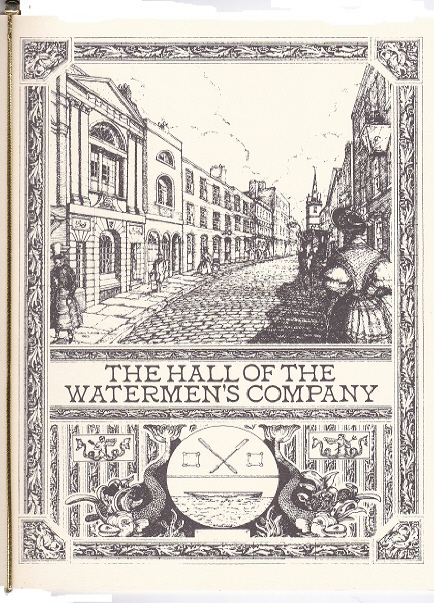
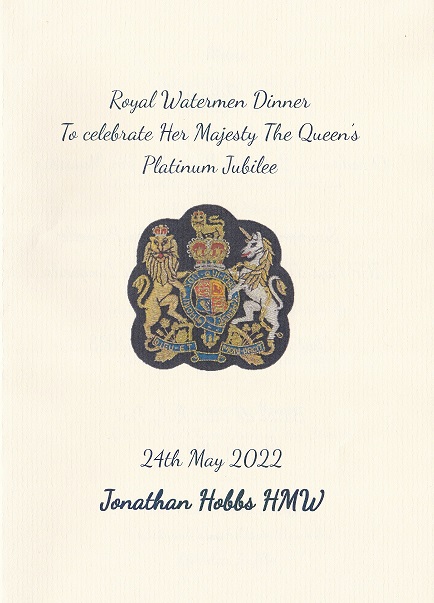
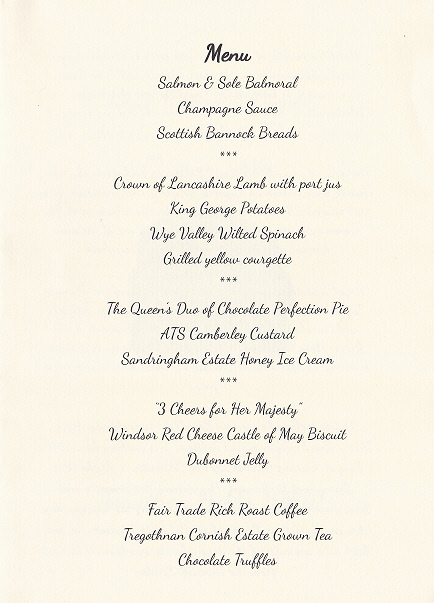
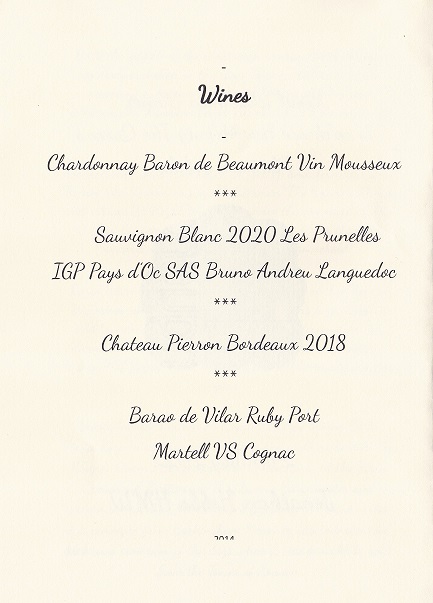
![]()
The Master's Installation Luncheon
July 2020, Watermens’ Hall, London
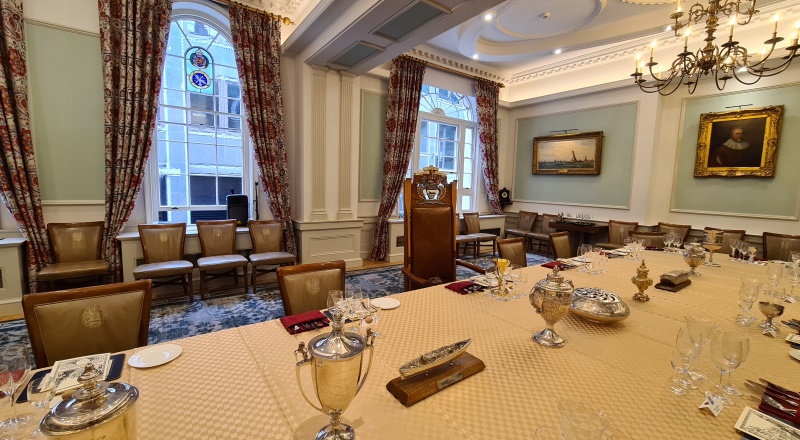
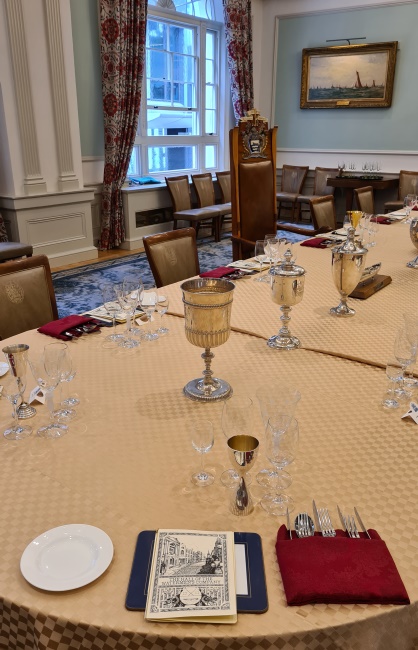
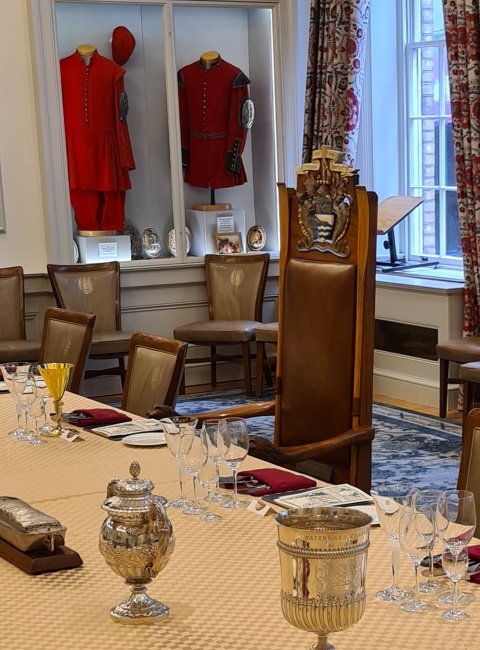
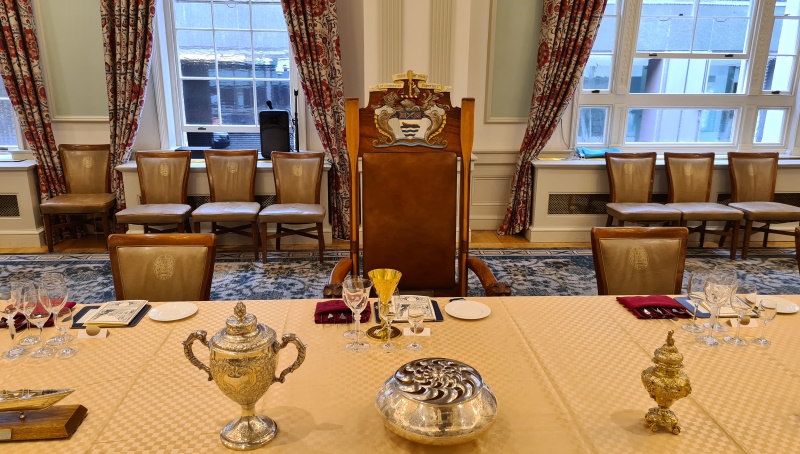

The River Thames Luncheon Club
14th February 2020, Watermens’ Hall
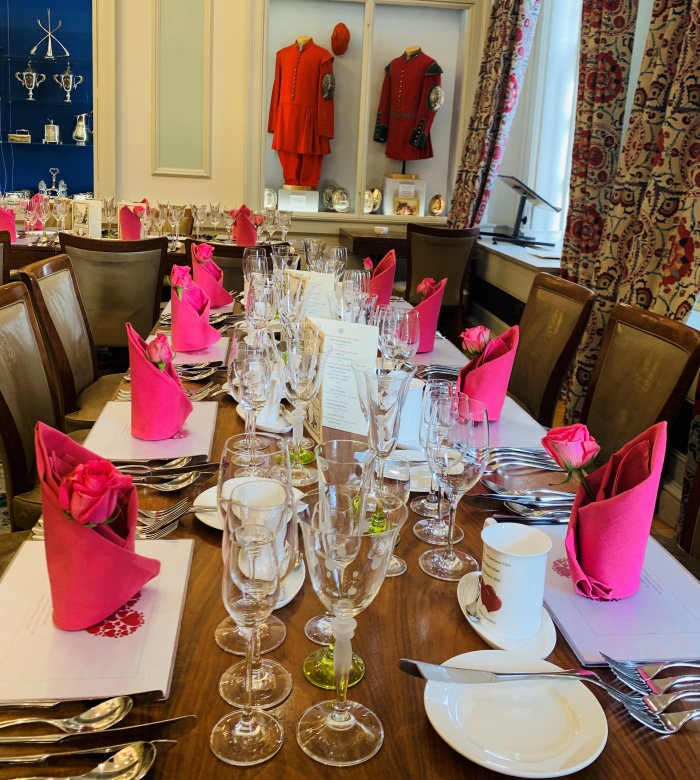
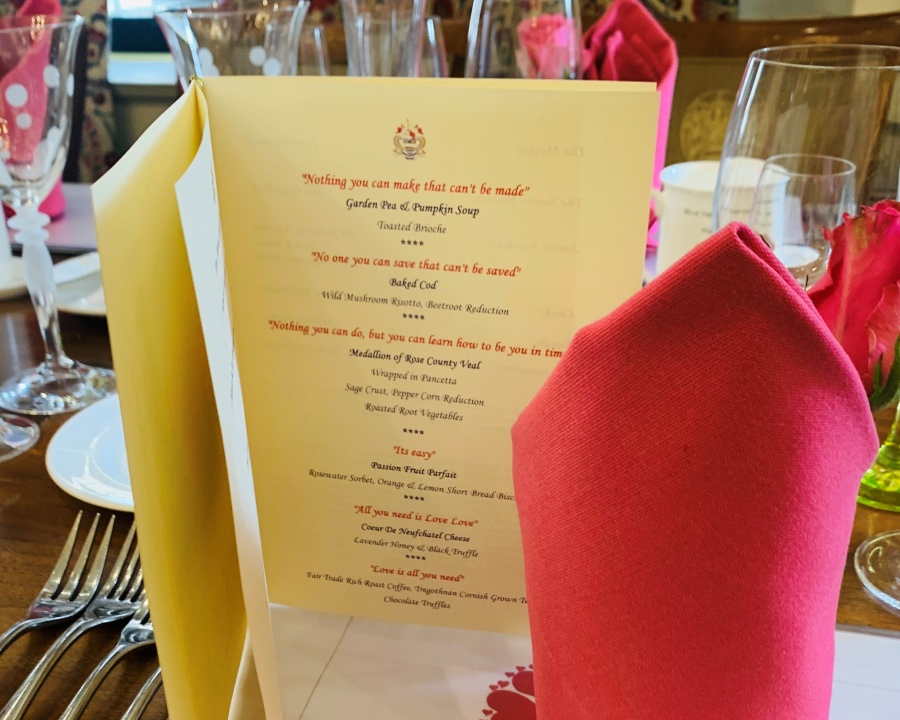
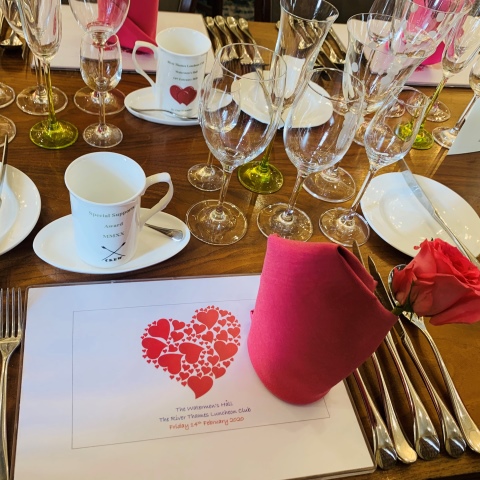


Ladies Court Dinner
May 2019, Watermen's Hall, London
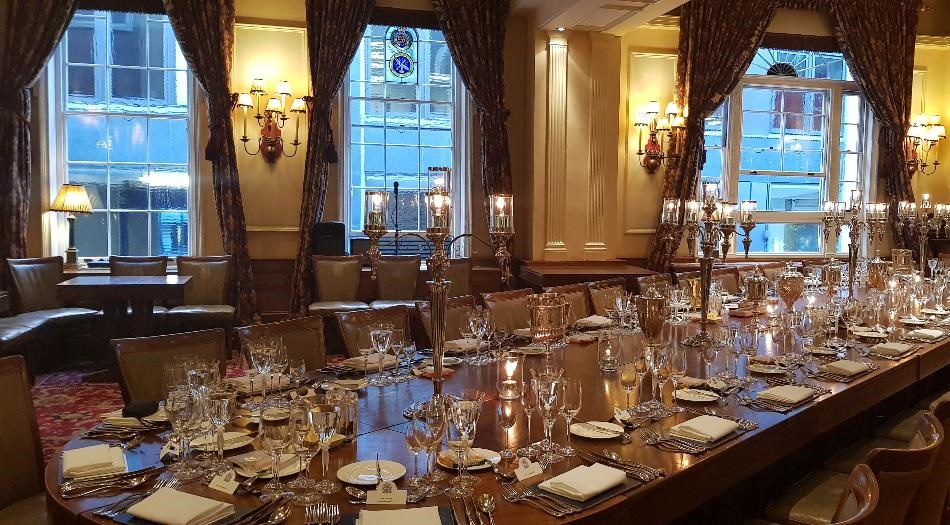
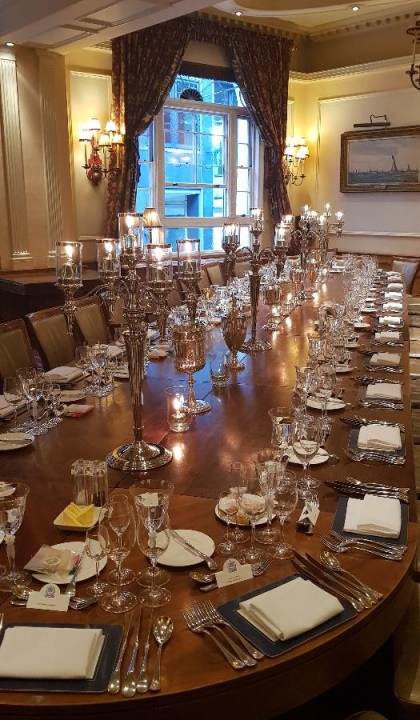
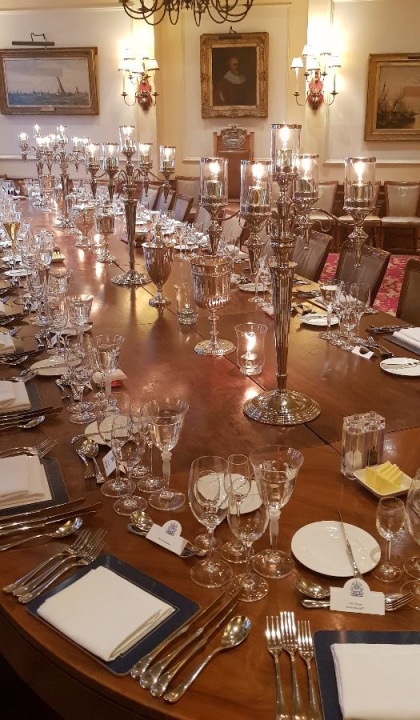
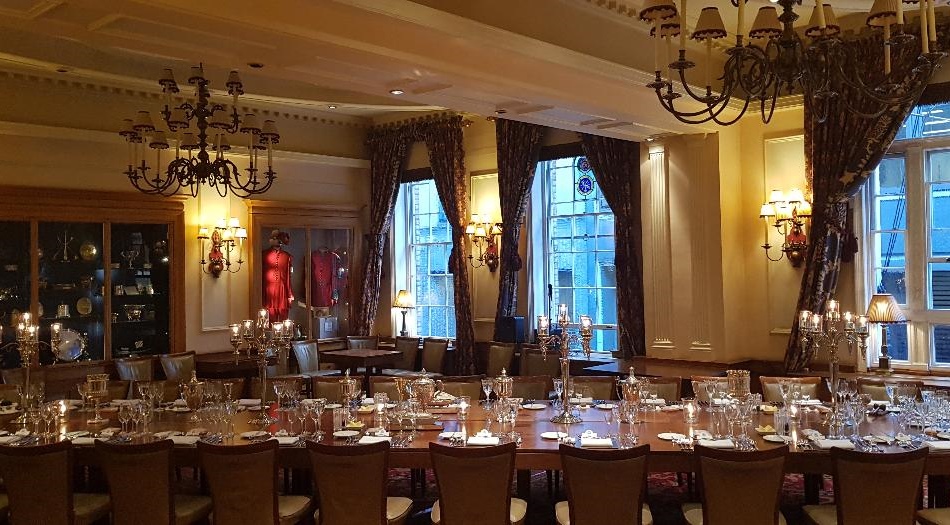

The Master's Installation Reception
July 2018, Trinity House, London
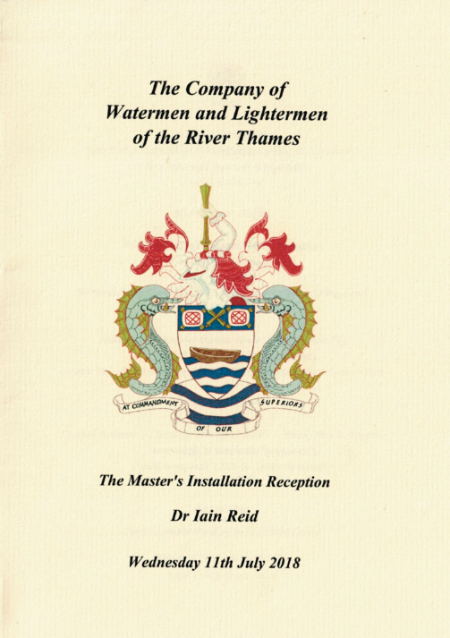
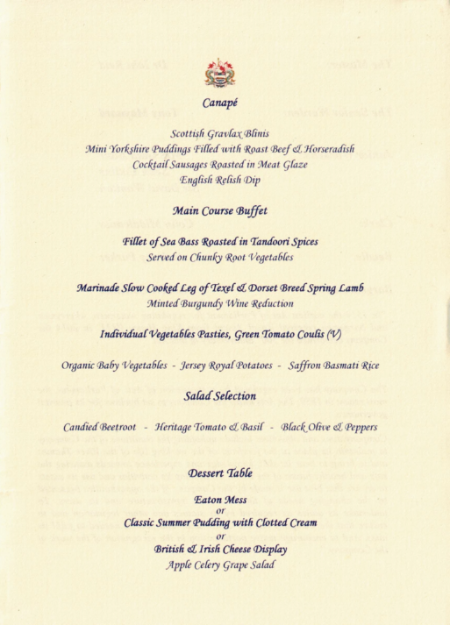

River Thames Luncheon Club
May 2018, Watermen's Hall, London
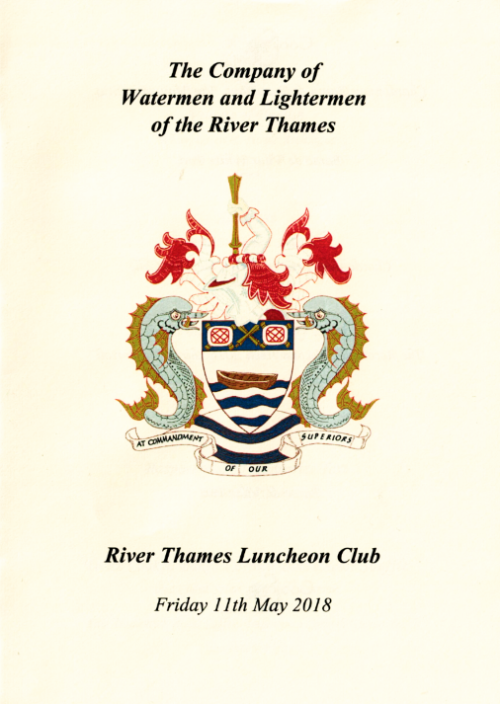
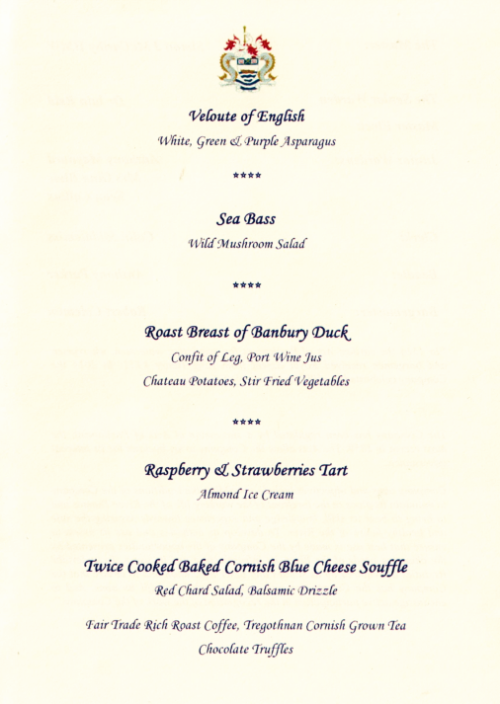

St Georges Day Luncheon
April 2018, Watermen's Hall, London
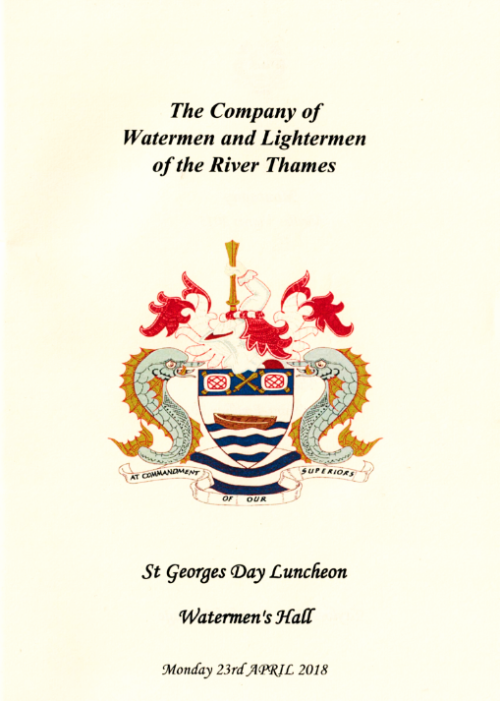
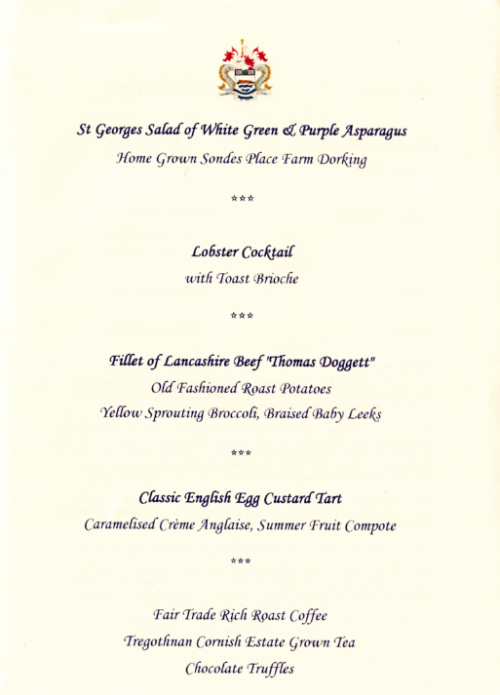

Retirement Dinner
April 2018, Watermen's Hall, London

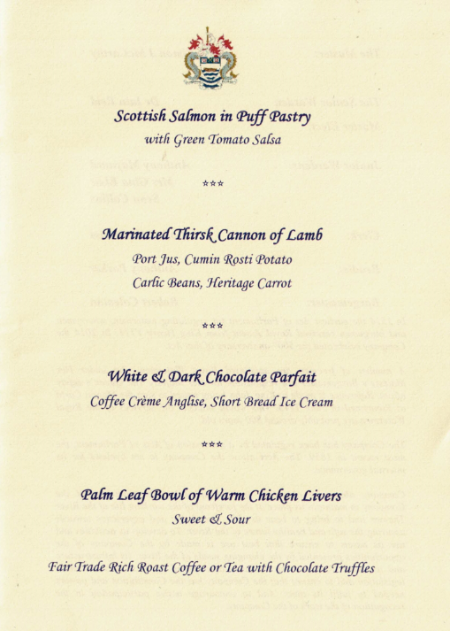

River Thames Luncheon Club
March 2018, Watermen's Hall, London
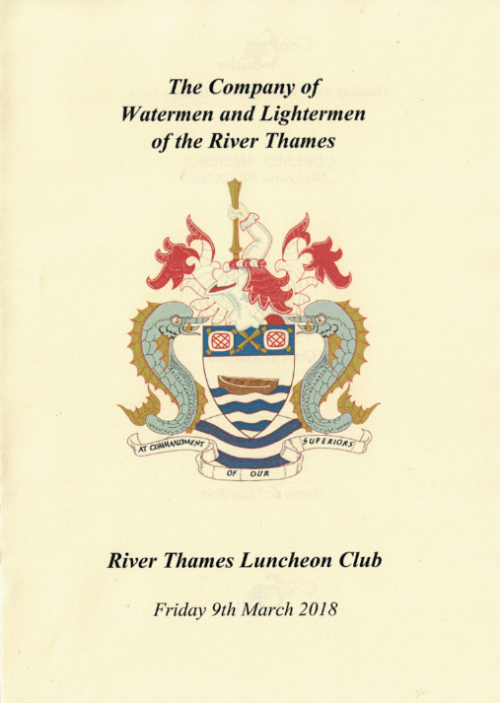
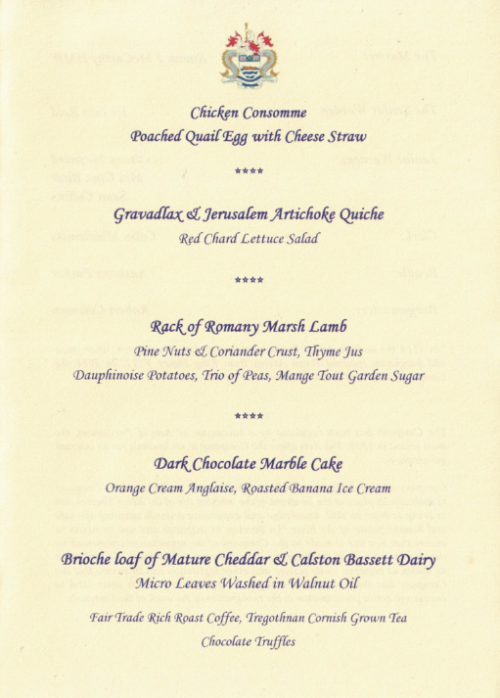

Burns' Night Dinner
January 2018, Watermen's Hall, London
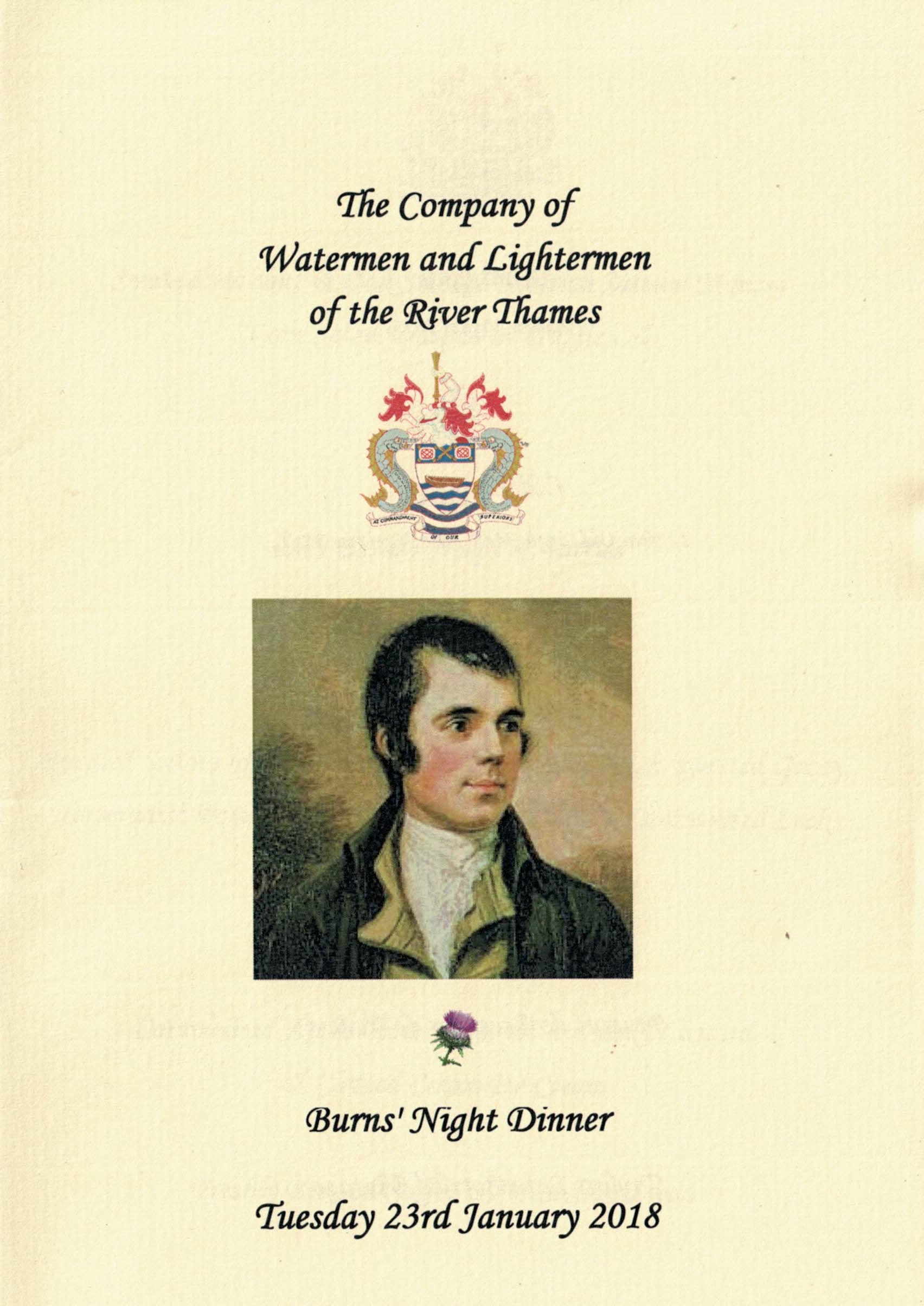
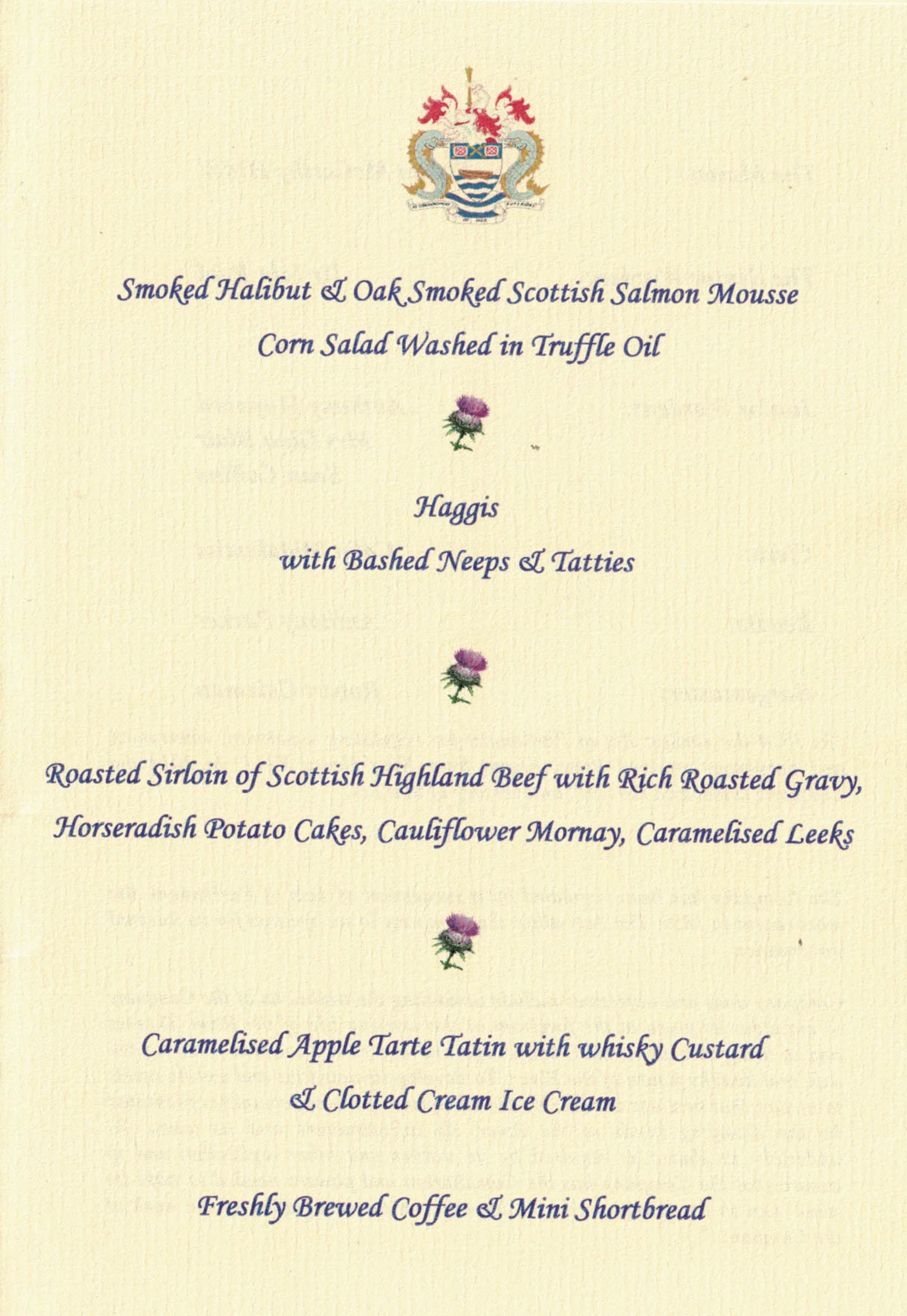

Quarterly Court Luncheon
January 2018, Watermen's Hall, London
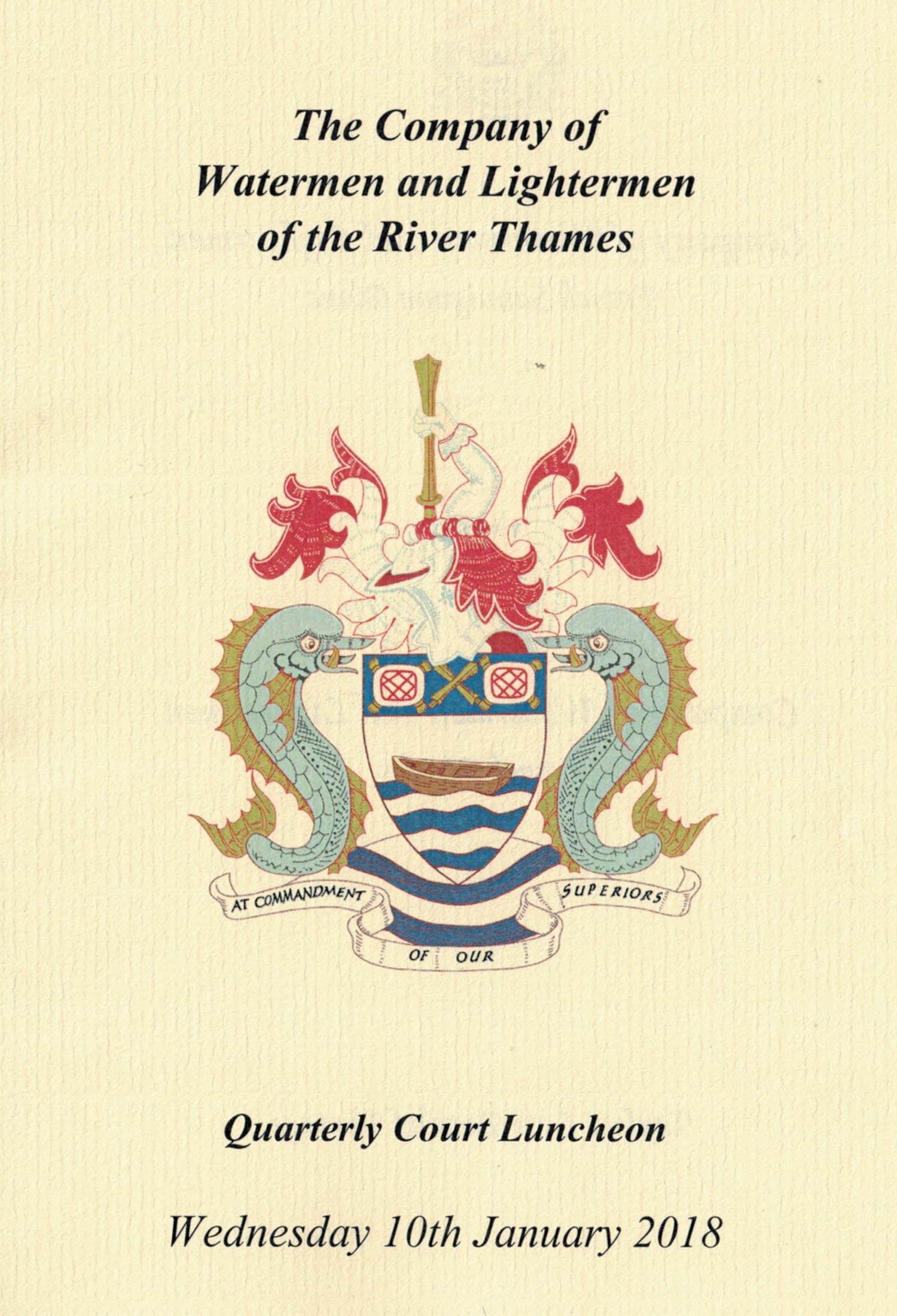
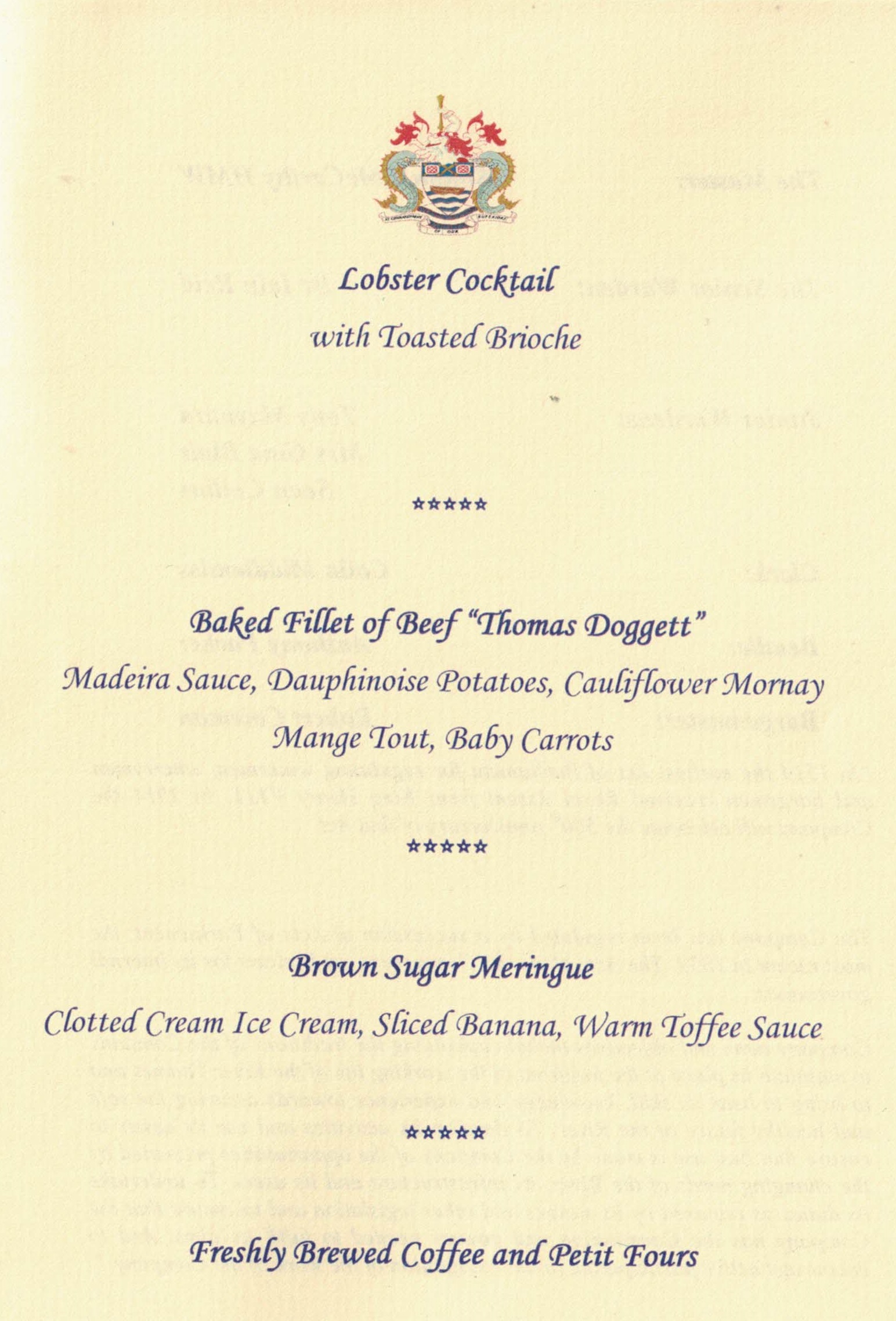

Globe Rowing Club Dinner
September 2017, Watermen's Hall, London
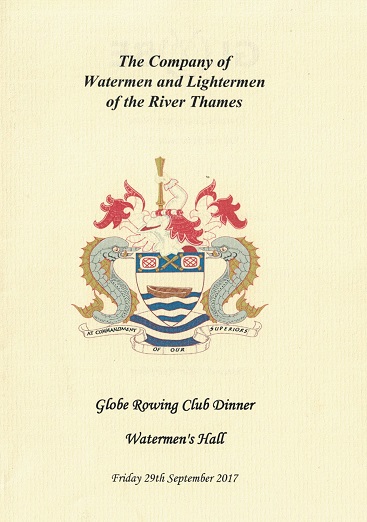
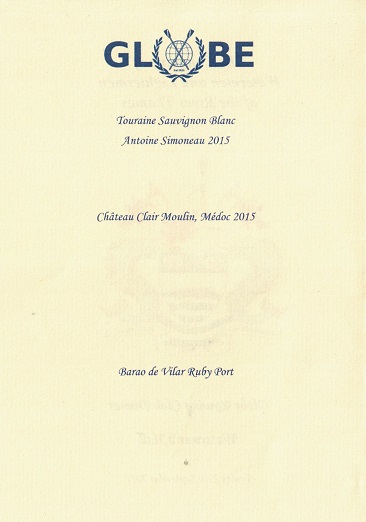
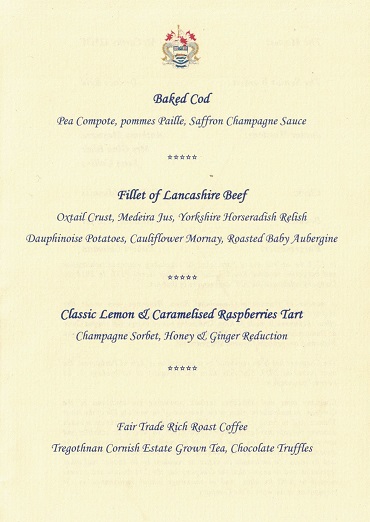
![]()
Freemen's St George's Day Luncheon
April 2017, Watermen's Hall, London
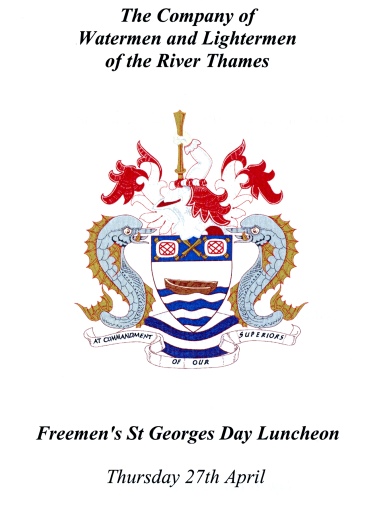
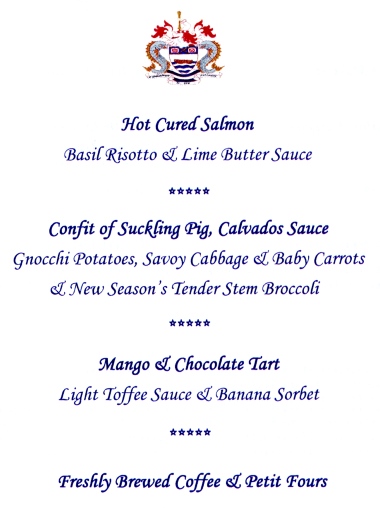

Court Luncheon
February 2017, Watermen's Hall, London
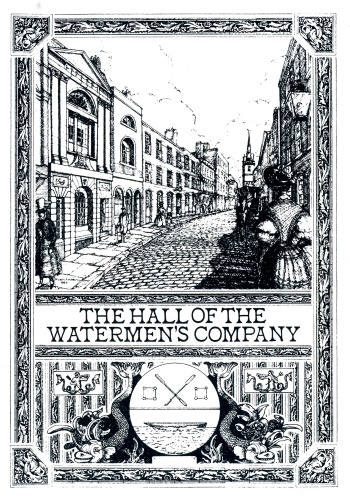
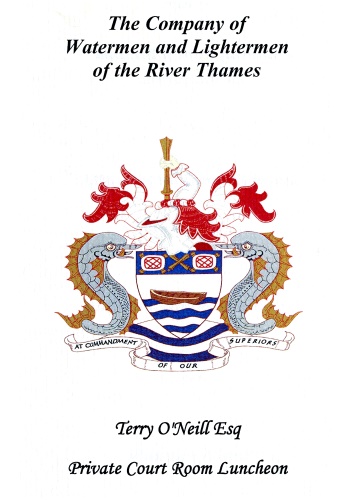
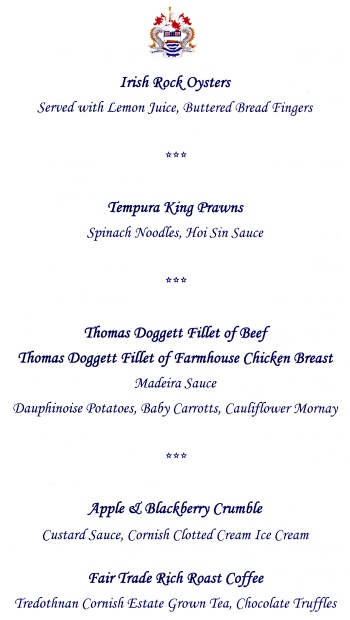
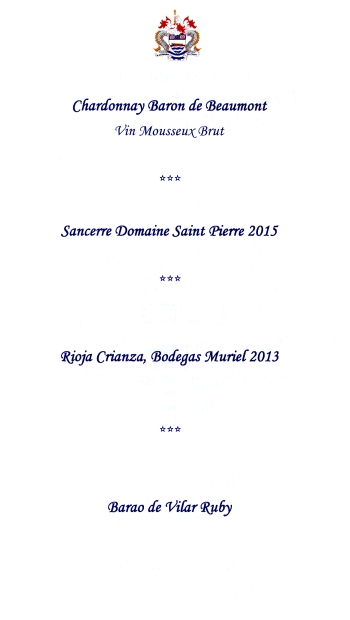

In 1514 the earliest Act of Parliament for regulating
watermen, wherrymen and bargemen received Royal Assent from King Henry
VIII. In 2014 the Company celebrated the 500th anniversary of that Act.
A number of freemen are appointed Royal Watermen who under Her Majesty's
Bargemaster are responsible for Her Majesty The Queen's safety afloat.
Reference is made to King John being rowed to sign the Magna Carta at
Runnymede in June 1215. This would indicate the services of the Royal
Watermen are probably around 800 years old.
The Company has been regulated by a succession of Acts of Parliament,
the most recent in 1859. The Acts allow the Company to set byelaws for
its internal governance.
Company aims and objectives include upholding the traditions of the
Company to maintain its place at the forefront of the working life of
the River Thames and to bring to bear its skill, knowledge and
experience towards assuring the safe and healthy future of the River. To
develop its activities and use its assets to ensure that best use is
made by the Company of the opportunities presented by the changing needs
of the River, its infrastructure and its users. To undertake its duties
as required by its statues and other legislation and to ensure that the
Company has the Constitution and powers needed to fulfil its aims. And
to encourage active participation in the recognition of the work of the
Company.

Race for Doggett’s Coat & Badge 300th Anniversary
www.doggettsrace.org.uk
Reception & Buffet
August 2015, Watermen's Hall, London
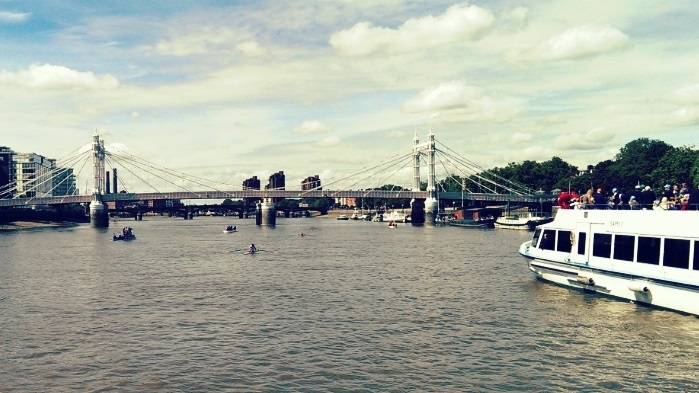
The finish at Cadogan Pier, Chelsea
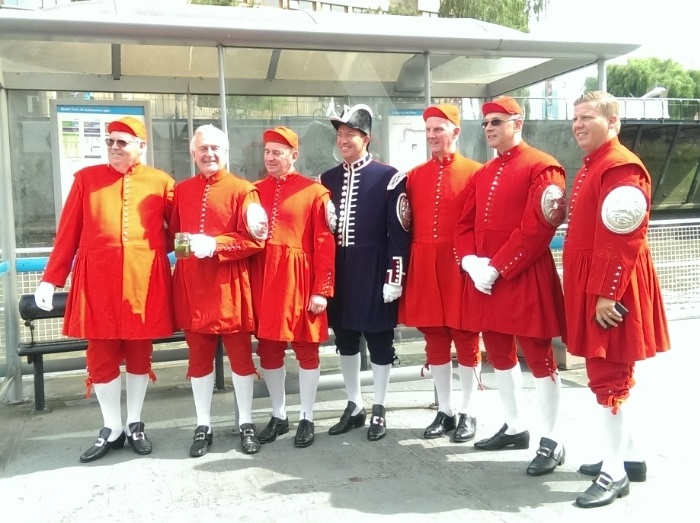
The Barge Master and past Doggett’s winners

Louis Pettipher accepts Doggetts Race 300th Anniversary
Winners Prize
from Alan Yarrow, Lord Mayor of The City of London
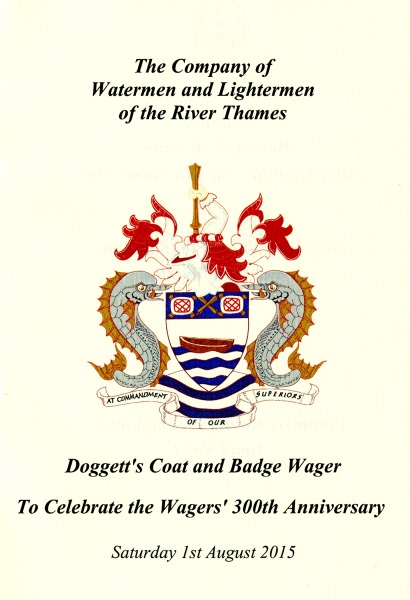
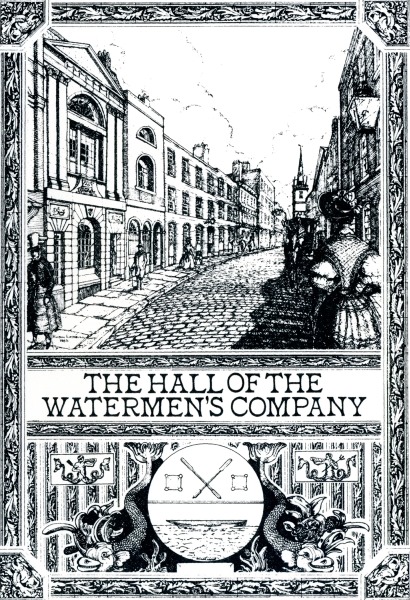
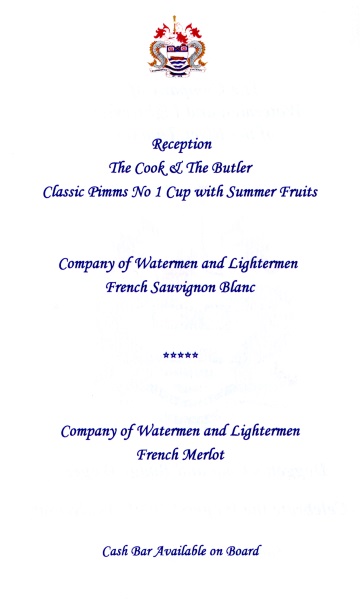
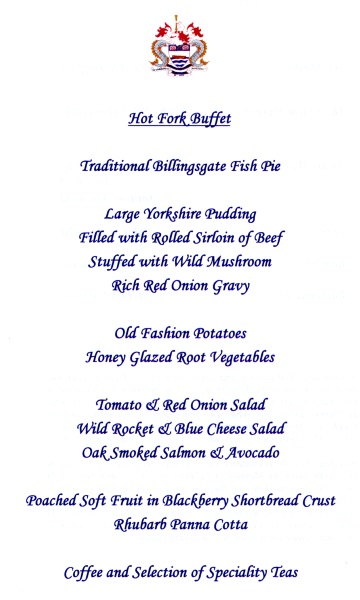

Quarterly Court Luncheon
October 2013, Watermen's Hall, London
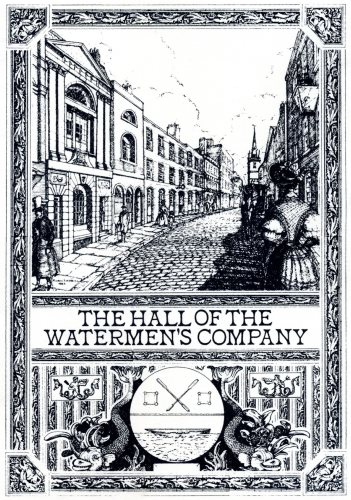
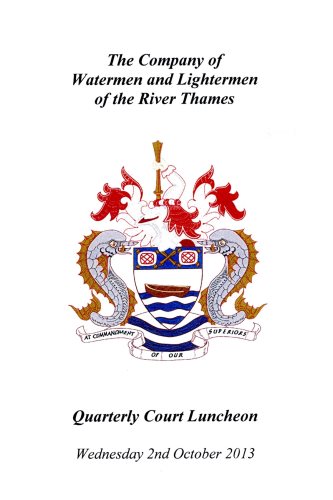
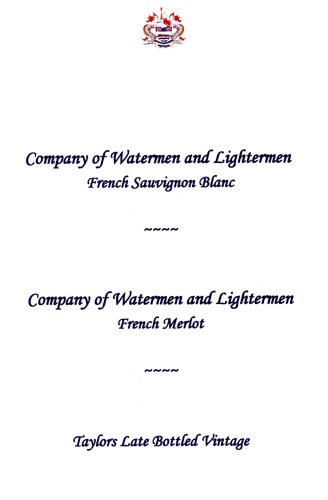
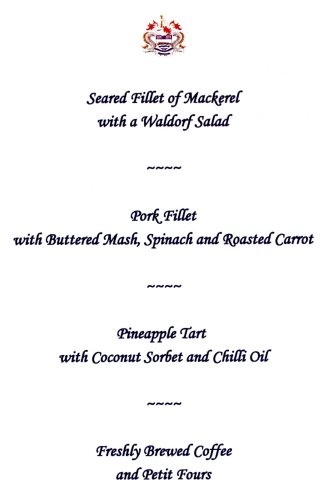

The Company of Watermen and Lightermen of the River
Thames was formed by an Act of Parliament in 1555 to maintain the
standard of navigation amongst Watermen plying for hire as passenger
carriers in the tidal Thames above Gravesend. This it has done in
succeeding centuries through a system of Apprenticeship, examinations
and granting of licences. The Lightermen, the goods carriers, joined the
Watermen in 1700.
Throughout most of its existence the Company has possessed a Hall, the
first in 1600 being the Mansion of Coldharbour on the north bank of the
River. The present Hall was built in 1780 to the designs of William
Blackburn, later a prominent prison architect, who was a fellow student
of Sloane, whose influence might also be discerned in the Court Room.
The Hall was extended considerably in 1982/83 when the Freemen 's Room
was constructed.
![]()
